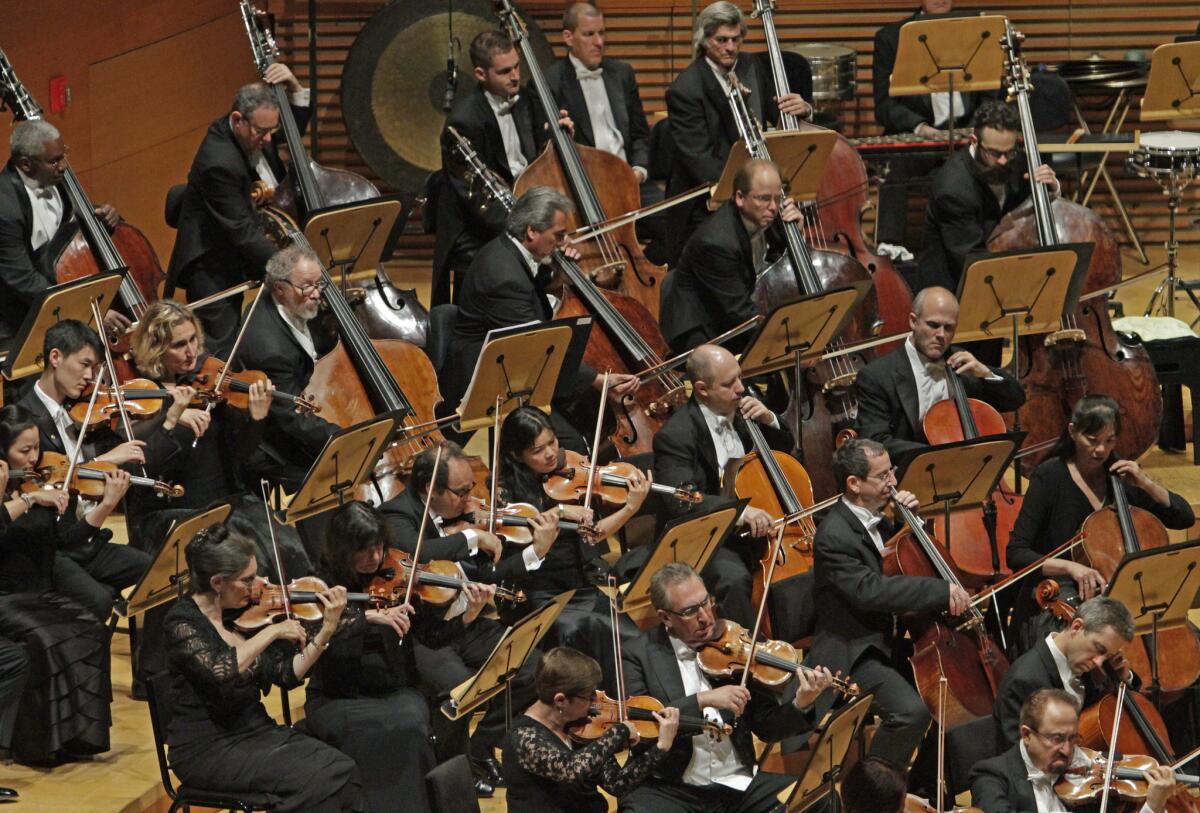How did violins get their shape? Mimicry, says evolution study

- Share via
Here’s a little secret about violins: they don’t need to look the way they do to sound great.
The graceful curves of the instrument and the flourishes at its corners for example, can vary subtly without the sound of the violin changing all that much.
But if violins don’t have to look a certain way to sound good, why do they all look essentially the same?
The answer, according to a study published this week in PLOS One, is that the modern violin owes its shape to mimicry, genetics, and evolution -- the same forces that guide the formation of biological shapes.
The earliest violins appeared on the music scene in the 16th century in northern Italy. Although tweaks have been made to the instrument over the last 400 years to improve its sound and playability, the hourglass shape of these early violins has persisted.
To trace the history of violin shape and the factors that influence it, Dan Chitwood of the Donald Danforth Plant Science Center in Missouri analyzed images of 7,000 violins that had been sold at auction.
His analysis revealed that the shape of the violin has changed subtly over the centuries, and that specific shapes correlate with distinct time periods and with multigenerational violin-making families, including the Maggini, Stradivari, Amati and Stainer.
“It is not hard to imagine that during long years of apprenticeship within a workshop that peculiarities in the design and shape of instruments, transmitted luthier-to-apprentice, would arise, not unlike genetic drift,” Chitwood writes in the paper. “The process of creating the outline, whether adhering strictly to a pre-existing mold or pioneering a new shape, is not unlike inheritance and mutation.”
In the paper he also cites the story of the brilliant violin maker Jean-Baptiste Vuillaume, who deliberately copied the shape of Stradivari-made violins in the 19th century because they were easier to sell.
Even if consumers could not tell a difference in the sound of a Vuillaume made violin and one made by the Stradivari family, they would still notice the subtle changes in shape, Chitwood argues.
And so, he concludes, “Perhaps not so surprising for an object crafted by living organisms, the inheritance of violin morphology was influenced by mimicry, genetic lineages, and evolved over time.”
Just like we did.
Science rules! Follow me @DeborahNetburn and “like” Los Angeles Times Science & Health on Facebook.






